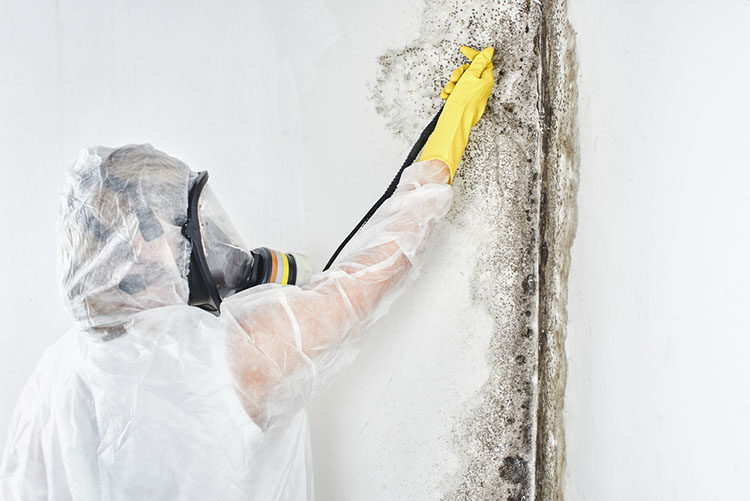Identifying signs of Mold Testing Services Houston TX in a property is crucial for maintaining a healthy indoor environment.

Here’s a comprehensive guide to recognizing the signs of mold growth:
- Visible Mold Growth:
- One of the most obvious signs of mold is the presence of visible growth. Mold can appear as fuzzy patches, spots, or discoloration on surfaces such as walls, ceilings, floors, and even furniture. Colors can vary and may include black, green, brown, white, or orange.
- Musty Odor:
- Mold often emits a musty or earthy odor, particularly in areas with high humidity or poor ventilation. This odor is caused by volatile organic compounds (VOCs) released by mold as it grows and reproduces.
- Water Damage:
- Areas that have experienced water damage or leaks are highly susceptible to mold growth. Signs of water damage include staining, peeling paint or wallpaper, warped surfaces, and soft or sagging drywall. Mold thrives in damp environments, so any areas affected by water damage should be thoroughly inspected for mold growth.
- Allergic Reactions:
- Mold can trigger allergic reactions in susceptible individuals. Symptoms may include sneezing, coughing, wheezing, nasal congestion, itchy eyes, throat irritation, and skin rashes. If occupants experience these symptoms, especially when indoors, it could indicate the presence of mold.
- Humidity Levels:
- Mold thrives in humid environments with moisture levels above 60%. High indoor humidity can promote mold growth, particularly in areas such as bathrooms, kitchens, basements, and crawl spaces. Using a hygrometer to monitor humidity levels can help identify areas prone to mold growth.
- Condensation:
- Condensation on windows, walls, or other surfaces can indicate elevated moisture levels in the home. Condensation occurs when warm, humid air comes into contact with cooler surfaces, leading to moisture buildup. Persistent condensation can create ideal conditions for mold growth.
- Deterioration of Materials:
- Mold feeds on organic materials such as wood, paper, and fabric. Over time, mold growth can cause these materials to deteriorate or rot. Look for signs of decay, warping, or crumbling in building materials, furniture, and personal belongings.
- Air Quality Issues:
- Mold spores can become airborne and circulate throughout the indoor environment. Poor indoor air quality, characterized by stuffiness, a persistent stale odor, or respiratory discomfort, may indicate the presence of mold contamination.
- Hidden Mold:
- Mold often grows in hidden or hard-to-reach areas, such as behind walls, under flooring, or inside HVAC systems. Signs of hidden mold include peeling or bubbling paint, bulging drywall, and musty odors emanating from vents or ductwork.
- Previous Mold History:
- A history of mold problems in the property, whether due to previous water damage or inadequate remediation efforts, increases the likelihood of recurring mold issues. Properties with a known mold history should be monitored regularly for signs of mold growth.
conclusion:
being vigilant and proactive in identifying signs of Mold Testing Services Houston TX growth is essential for preventing extensive damage to property and safeguarding the health of occupants. If mold is suspected or confirmed, it’s advisable to seek professional mold testing and remediation services to address the problem effectively.
Mold Testing Houston
5926 Dellfern Dr, Houston, TX 77035, United States
1-832-409-2125
https://maps.app.goo.gl/57NPnEoXaPCC4dYH9